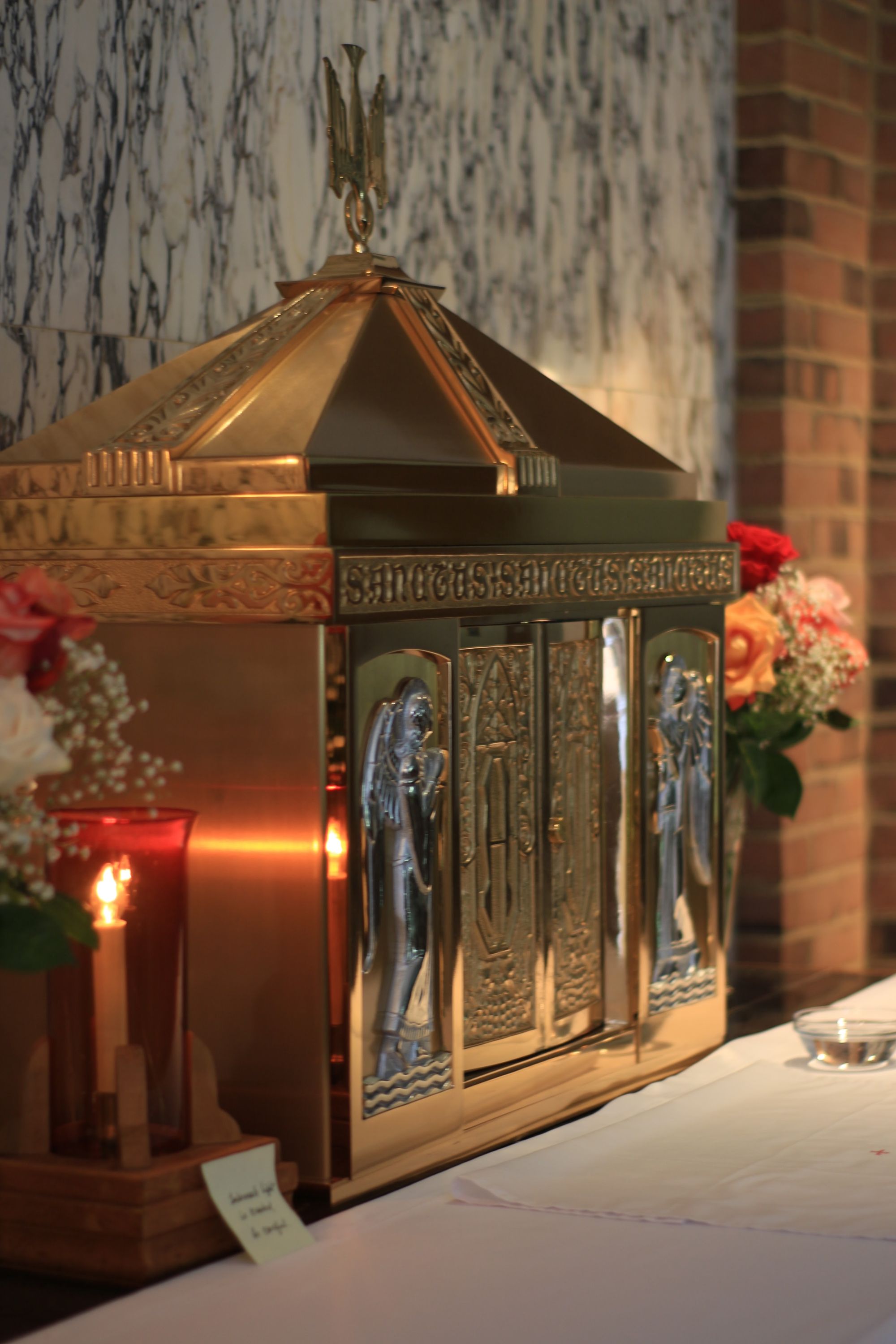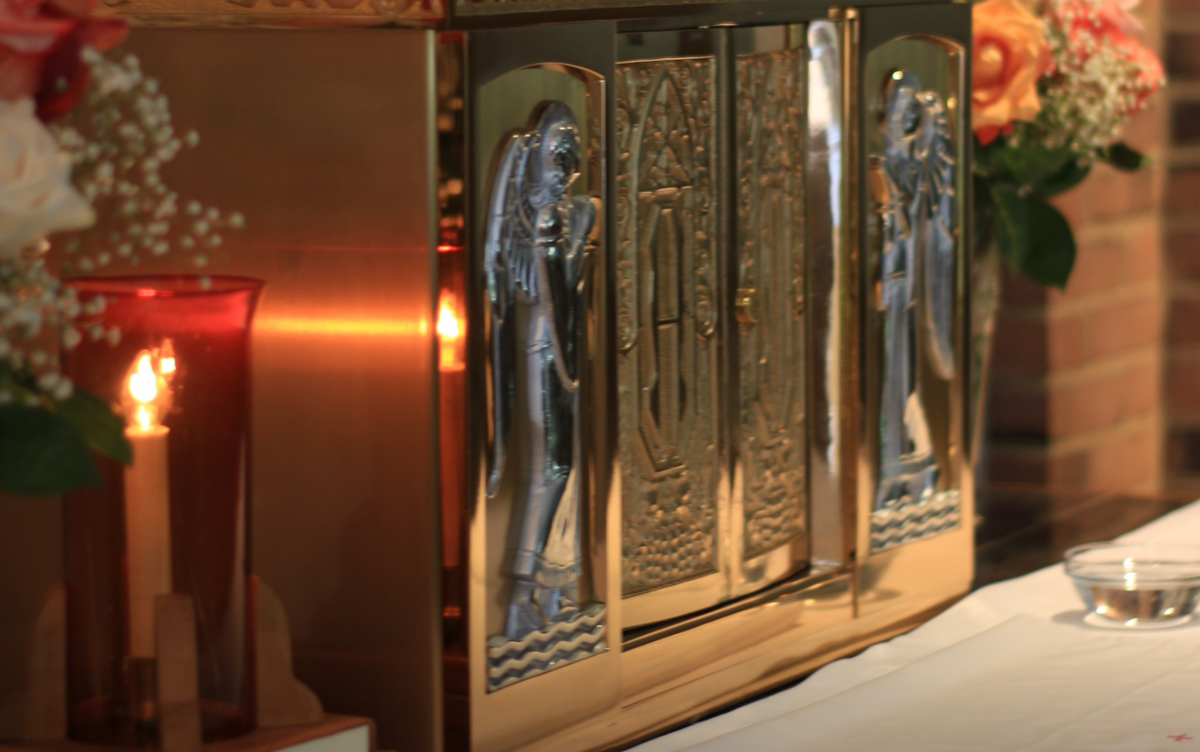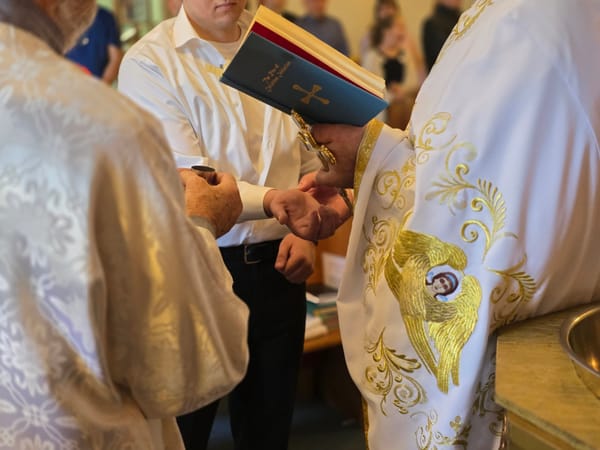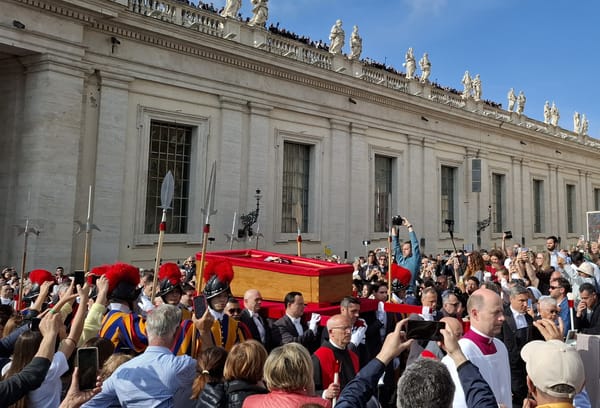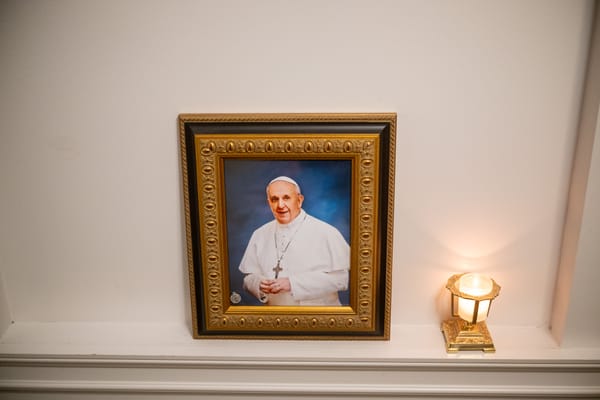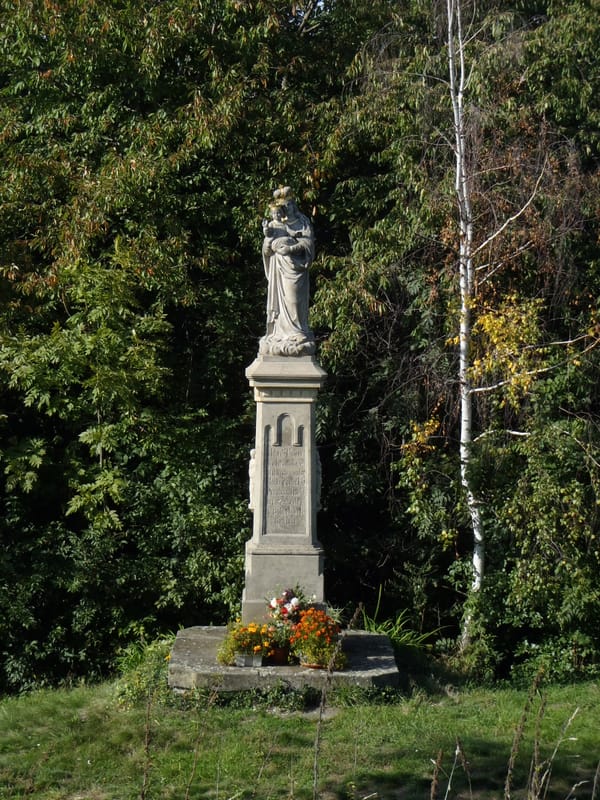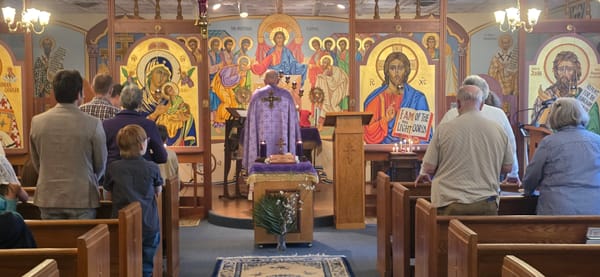Within Catholicism, Eastern Orthodoxy and in some traditions of Anglicanism and Lutheranism, the Tabernacle is a box-like or dome-like vessel for the exclusive reservation of the consecrated Eucharist. It is normally made from precious metals, stone or wood, and is lockable and secured to its altar or adjacent wall to prevent the consecrated elements within from being removed without authorization. The "reserved Eucharist" is secured there for distribution at services, for availability to bring Holy Communion to the sick, and, especially in the Western Church, as a focal point for reflection, meditation and prayer.
The Christian traditions mentioned here believe Jesus is truly present IN and actually IS the consecrated Eucharist or host. As a result, the use of the word "tabernacle" was chosen for the resting place for consecrated hosts. This word, when referring to things sacred, comes directly from the references to the Old Testament tabernacle which was the locus of God's presence among the Jewish people.
Until the very late 20th century, it was required that the Christian Tabernacle be covered with a tent-like veil (conopaeum) or have curtains across its door when the Eucharist is present within. As of 2000, this is still generally customary. This Tabernacle is a Saint Gregory the Great Church in Virginia Beach, Virginia, USA.
Free Downloads Below
Hi-Res
1200px
800px
